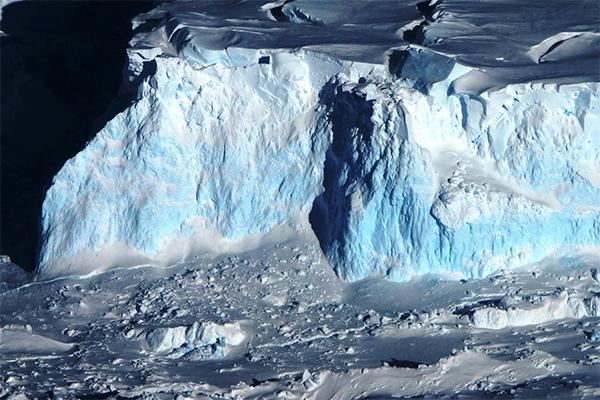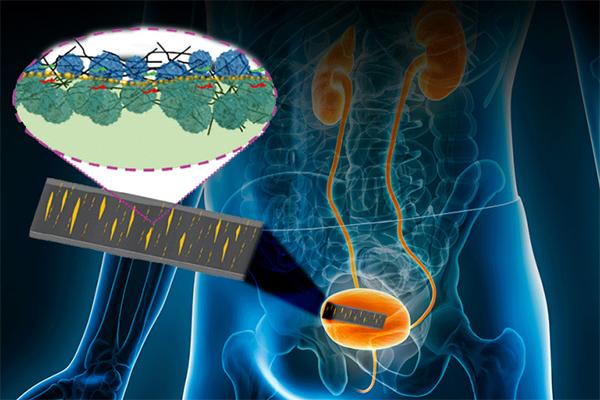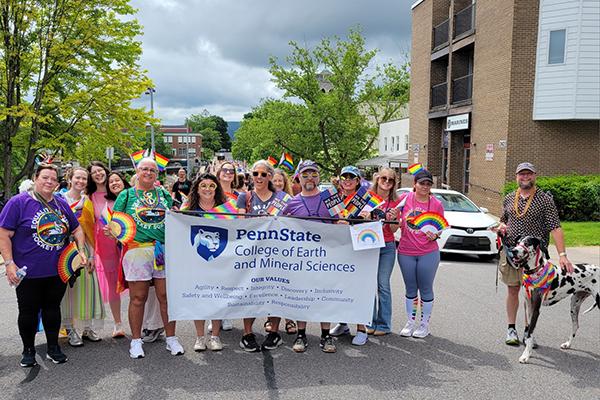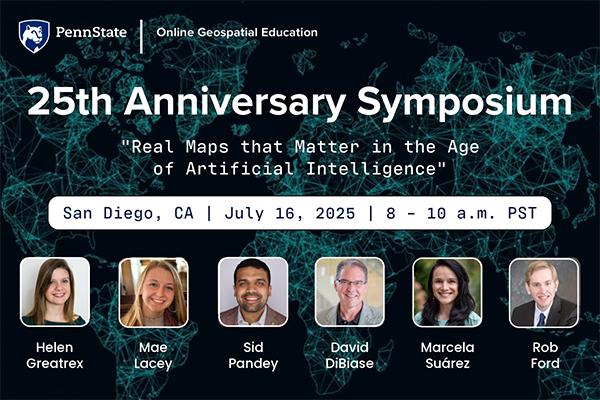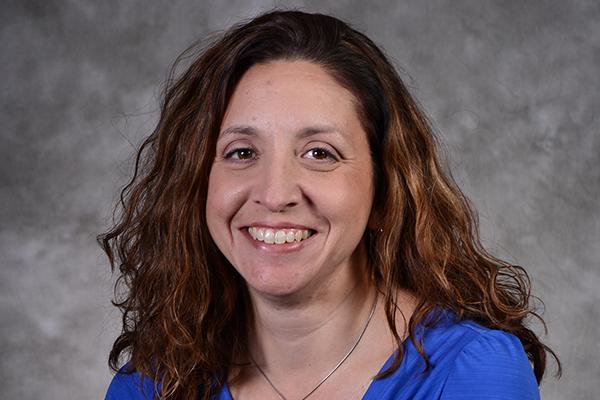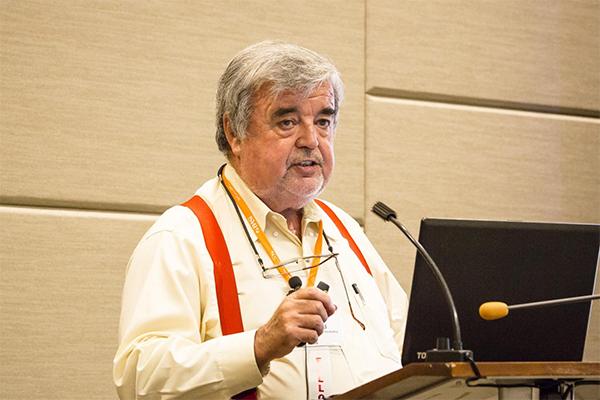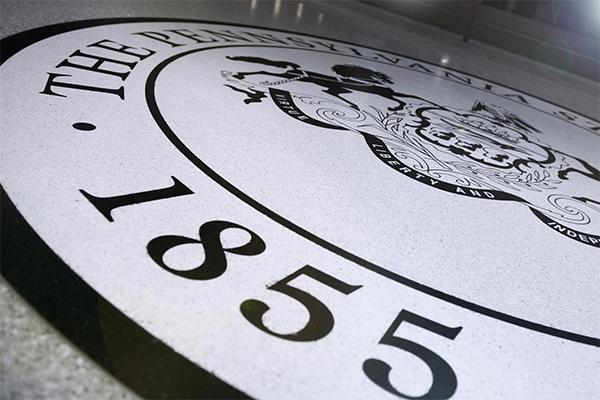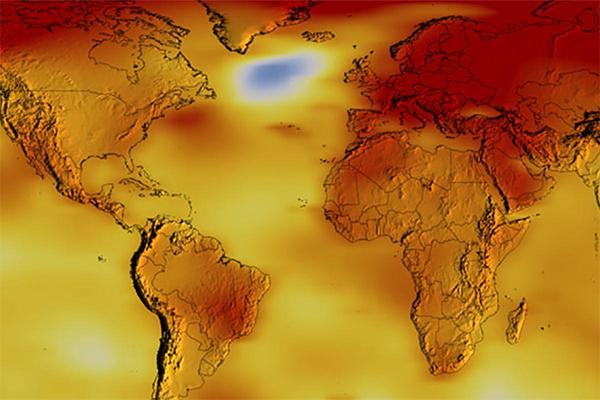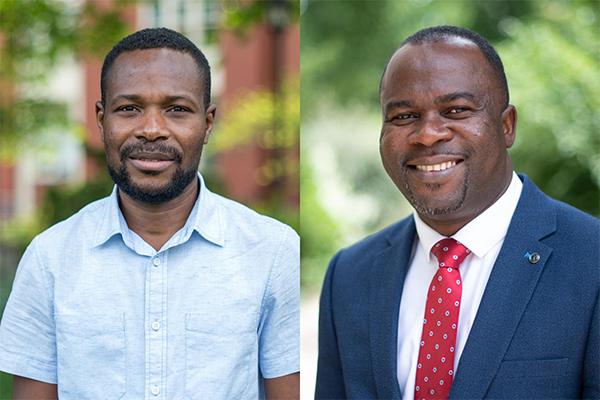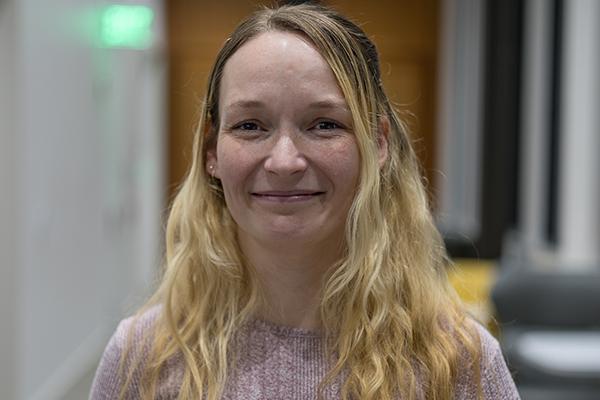A team led by researchers at Penn State developed a new method to evaluate cracks that destabilize ice shelves and accelerate loss of sea ice.
A new skin-like sensor developed by an international team led by researchers at Penn State could help doctors monitor vital signs more accurately, track healing after surgery and even help patients with bladder control issues.
June was National Pride Month in the United States and in support the Penn State College of Earth and Mineral Sciences (EMS) participated in the State College Pride Parade and Festival
Penn State’s Department of Geography will commemorate the 25th anniversary of its online geospatial education program with a symposium held in conjunction with the 2025 Esri User Conference in San Diego.
As part of our regular “We Are!” feature, we recognize 20 Penn Staters who have gone above and beyond what’s asked of them in their work at the University.
Digby D. Macdonald, an internationally recognized expert in electrochemistry and corrosion science and professor emeritus of materials science and engineering at Penn State, died June 12 in Berkeley, California. He was 82.
Eight Penn State graduate students, including two from EMS, received U.S. National Science Foundation (NSF) Graduate Research Fellowships for the 2025-26 academic year.
A team of scientists led by Penn State has found a weakening AMOC impacts not just the ocean but also the atmosphere, and that these two factors may contribute equally to the cold anomaly.
Two faculty members in the College of Earth and Mineral Sciences have been awarded the prestigious U.S.-Africa Frontiers Fellowships by the National Academies of Sciences, Engineering and Medicine
As part of our regular “We Are!” feature, we recognize 21 Penn Staters who have gone above and beyond what’s asked of them in their work at the University.


